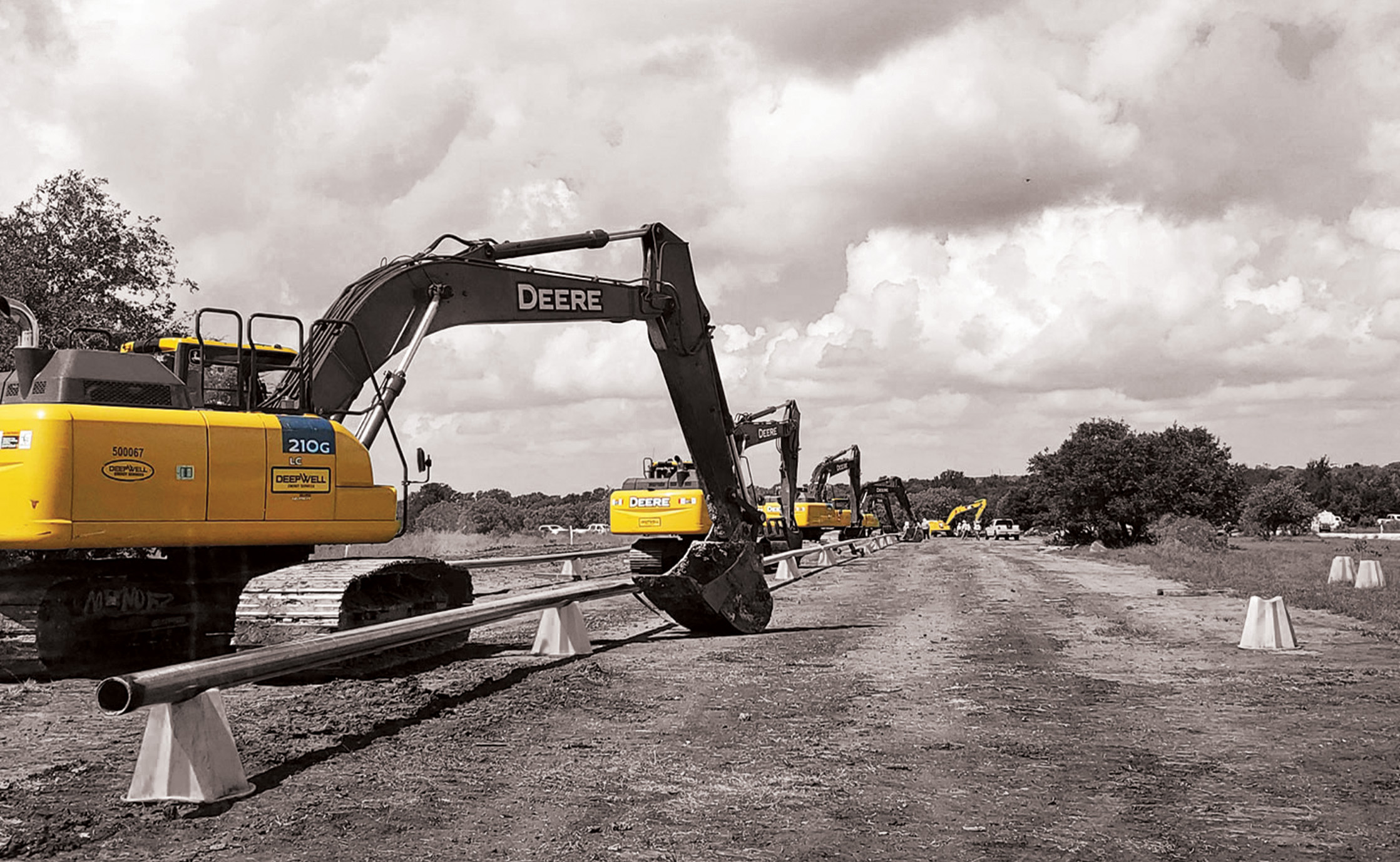All Regarding Oil Field Equipment and Pipeline Equipment: Trick Insights and Necessary Info
Oil field equipment and pipeline systems play an essential role in the oil and gas market. They are important for the efficient removal and transportation of hydrocarbons. Secret parts, such as piercing rigs and tank, directly effect operational success. Improvements in technology promise to enhance safety and efficiency. Recognizing these components is essential for any individual entailed in or interested in this intricate market, as it sets the stage for deeper exploration of sector methods.

Overview of Oil Field Equipment
As the need for oil remains to grow, understanding the equipment made use of in oil fields ends up being significantly necessary. Oil field equipment includes a variety of machinery and devices essential for expedition, extraction, and handling. Secret components include piercing rigs, which are important for reaching oil storage tanks, and production tools, such as separators and pumps, that assist in the extraction process. Superior Rentals reviews. Additionally, storage space tanks play a substantial role in holding unrefined oil prior to transportation. Security tools, including blowout preventers and stress evaluates, assures functional safety and efficiency. Each piece of tools functions cohesively to maximize manufacturing and maintain effective process. Knowledge with this devices is essential for experts in the sector to assure effective operations and adherence to security requirements
Kinds of Drilling Rigs and Their Applications
Drilling rigs function as the foundation of oil removal procedures, with different types developed for certain geological conditions and operational needs. The most typical kinds consist of rotating exploration rigs, which use a turning drill little bit to pass through the earth, and cable television tool rigs, known for their percussion boring approach. For overseas procedures, jack-up rigs and semi-submersible rigs supply security and support in aquatic environments. Furthermore, directional boring rigs allow operators to pierce at angles, reaching deposits that are not vertically easily accessible. Each gear type has unique advantages, optimizing efficiency and safety and security based upon the exploration atmosphere. Selecting the suitable rig is essential for maximizing source removal while minimizing environmental impact and functional expenses.

Crucial Pipeline Equipment and Their Features
Pipeline framework is vital for the transportation of oil and gas from removal sites to processing centers and end-users. Different essential equipment components promote this procedure. Pipes themselves work as the main conduits, created to endure high pressure and destructive compounds. Pump terminals are crucial for maintaining circulation by improving pressure along the pipeline. Shutoffs play a crucial role in regulating circulation and separating sections for maintenance. Additionally, installations and connectors guarantee safe and secure joints between pipe sections. Checking systems, consisting of flow meters and stress sensors, are important for discovering leaks and optimizing flow rates. Ultimately, pigging tools is employed for maintenance and cleansing, safeguarding pipeline honesty and efficiency. With each other, these components develop the backbone of a trustworthy pipeline system.
Advancements and Technologies in Oil and Gas Equipment

Security and Upkeep Practices in the Oil Sector
While the oil industry has actually made considerable strides in innovation and efficiency, the importance of robust safety and maintenance techniques can not be overstated. Efficient safety protocols are this link essential to safeguard employees and the setting, lessening the risk of mishaps and spills. Normal inspections and upkeep of tools help identify potential problems before they escalate, ensuring functional integrity. Training programs for workers are important, stressing the value of safety recognition and emergency situation action treatments. Additionally, adherence to market guidelines and requirements cultivates a society of safety. Carrying out sophisticated surveillance modern technologies can further boost maintenance practices, permitting real-time assessments of tools problems. Eventually, focusing on safety and security and upkeep is important to the sustainability and success of the oil market.
Frequently Asked Questions
What Are the Ecological Effects of Oil Field Equipment?
The ecological influences of oil field equipment include environment damage, water contamination, and air contamination (Superior Oilfield Rentals oilfield). Additionally, tools breakdown can cause spills, negatively influencing wildlife and ecosystems, highlighting the requirement for strict guidelines and monitoring
Just How Is Oil Field Equipment Carried to Remote Locations?
Delivering oil field equipment to remote areas typically involves specific automobiles, helicopters, or barges. Logistics business coordinate paths, guaranteeing devices gets here safely and efficiently, taking into consideration surface and ease of access to decrease delays and optimize efficiency.
What Regulatory Specifications Govern Oil Field Equipment?
Regulative requirements regulating oil field equipment primarily consist of safety, environmental management, and functional performance guidelines. Agencies such as OSHA and EPA apply these policies to guarantee risk-free practices and decrease ecological effect in oil removal procedures.
What Abilities Are Required to Run Oil Field Machinery?

How Do Oil Prices Impact Equipment Need and Usage?
Oil prices substantially affect equipment demand and use. Greater prices generally lead to enhanced exploration and manufacturing tasks, driving demand for equipment. Conversely, reduced costs might lead to lowered procedures and reduced demand for equipment.